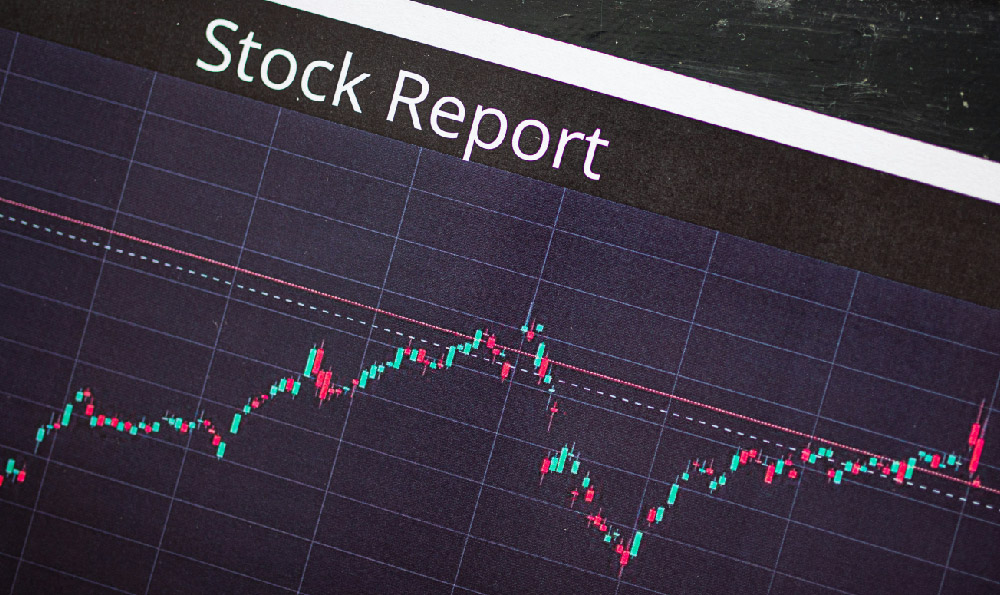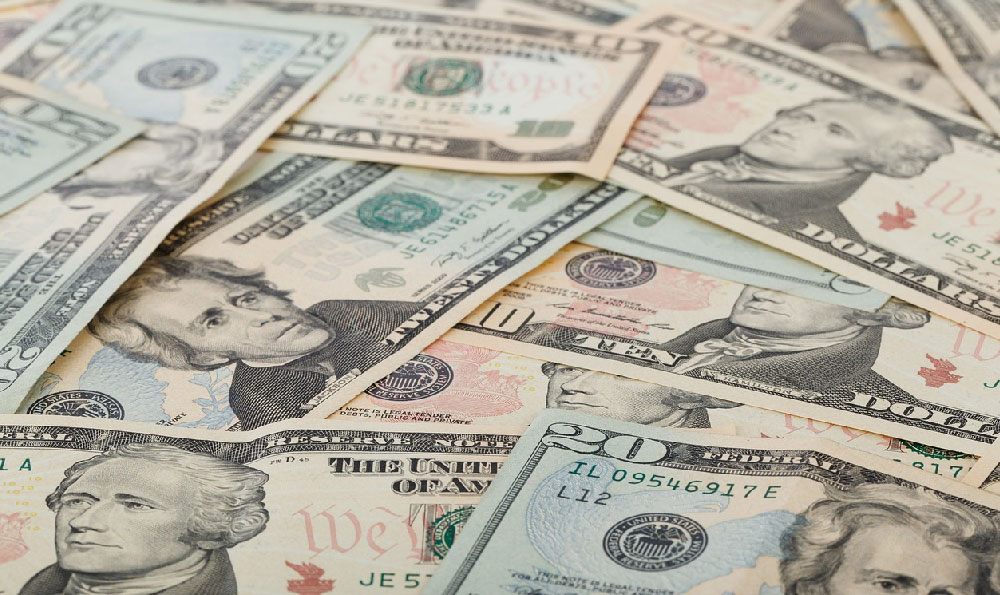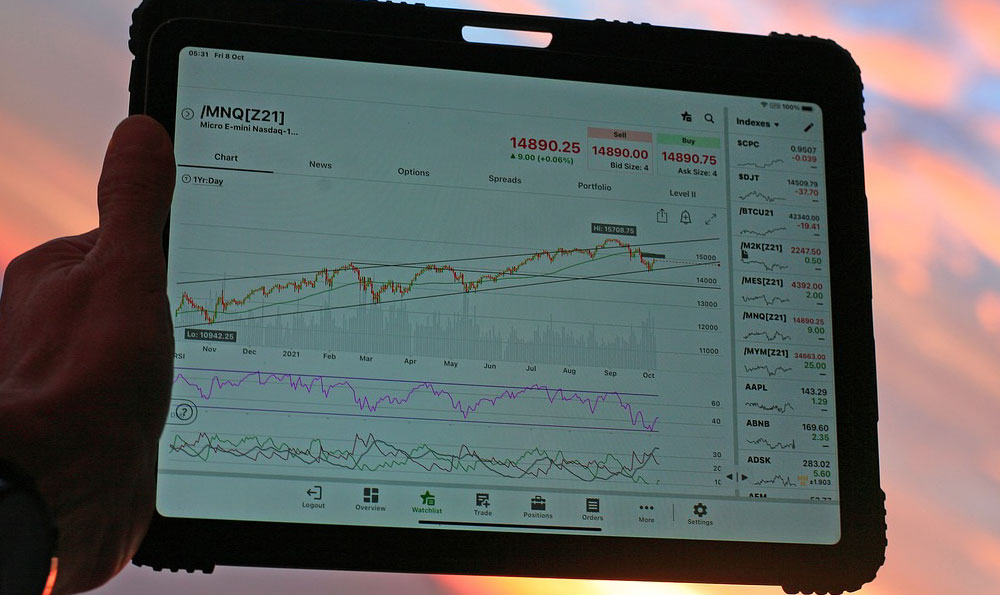Here's an article exploring the financial realities of Formula 1 teams, aiming for depth and nuance without relying on a list-based structure or overly simplistic transitions.
Do Formula 1 teams profit? Or Do They Lose?
The roar of engines, the flash of sponsorships, the glamorous locales – Formula 1 presents an image of high-octane wealth and unbridled prosperity. But scratch beneath the surface, and the financial landscape of F1 proves to be far more complex and, in some cases, precarious than the spectacle suggests. While a few teams consistently operate in the black, the vast majority teeter on the edge of profitability, constantly juggling massive budgets, fickle sponsorship deals, and the ever-present pressure to improve on-track performance, which is intrinsically linked to their financial health.

The core of the financial challenge lies in the sheer scale of the operation. Building and developing a competitive F1 car is an incredibly expensive endeavor. Think about it: these aren't simply vehicles; they are rolling laboratories pushing the boundaries of materials science, aerodynamics, and engine technology. Each team employs hundreds of highly skilled engineers, designers, mechanics, and support staff. Factor in the costs of research and development, manufacturing components, running wind tunnels, transporting the entire operation to races across the globe, and paying driver salaries (which, for top drivers, can reach tens of millions of dollars annually), and the expenses quickly spiral into the hundreds of millions.
The revenue streams for F1 teams are multifaceted, but not always equally distributed. The primary source of income is the prize money awarded by Formula One Management (FOM). This money is distributed based on a complex formula that considers a team's finishing position in the constructors' championship, its historical significance within the sport, and various other negotiated agreements. This system, while designed to reward success, also creates a significant disparity. Top teams like Red Bull, Ferrari, and Mercedes, who consistently perform well and have a long history in the sport, receive a vastly larger share of the prize money than smaller, less competitive teams. This creates a self-perpetuating cycle where the rich get richer, and the poor struggle to keep up.
Sponsorship is another crucial revenue stream. Companies are willing to pay significant sums to have their logos plastered on F1 cars and associated team apparel, capitalizing on the sport's global reach and its association with speed, innovation, and luxury. However, securing lucrative sponsorship deals is a highly competitive process. Teams with a proven track record of success, popular drivers, and a strong brand image are much more attractive to sponsors. Smaller teams often struggle to attract significant sponsorships, forcing them to operate on tighter budgets and limiting their ability to invest in car development.
Beyond prize money and sponsorships, some teams may also generate revenue through merchandise sales, driver academies, and collaborations with other companies. However, these sources of income are typically smaller compared to the primary revenue streams.
The financial health of an F1 team is inextricably linked to its on-track performance. A winning team attracts more sponsors, receives a larger share of the prize money, and enjoys increased media exposure, all of which contribute to its bottom line. Conversely, a struggling team faces a downward spiral of declining revenues, limited resources, and diminished competitiveness. This creates a high-pressure environment where teams are constantly striving to improve their performance, even if it means taking financial risks.
The cost cap, introduced in 2021, represents a significant attempt to level the playing field and improve the financial sustainability of F1 teams. By limiting the amount of money teams can spend on car development, the cost cap aims to reduce the spending gap between the top teams and the smaller teams, giving the latter a better chance to compete. While the cost cap has been generally successful in curbing excessive spending, it has also created new challenges. Teams must now be more efficient and strategic in their spending, focusing on areas that will deliver the greatest performance gains.
Despite the cost cap, running an F1 team remains an expensive undertaking. The pressures to develop a winning car, secure lucrative sponsorships, and manage a complex organization are immense. While some teams, blessed with substantial manufacturer backing or shrewd financial management, consistently turn a profit, many others operate on razor-thin margins, constantly facing the risk of financial difficulties. The financial health of these teams often depends on the support of wealthy owners or significant investments from external sources.
The future profitability of F1 teams depends on several factors. The effectiveness of the cost cap in leveling the playing field, the continued growth of the sport's global popularity, and the ability of teams to attract and retain sponsors will all play a crucial role. As Formula 1 evolves, teams must adapt to the changing financial landscape and find innovative ways to generate revenue and control costs in order to ensure their long-term sustainability. Ultimately, the pursuit of on-track glory must be balanced with sound financial management to ensure that the dream of competing in the pinnacle of motorsport remains a viable aspiration for all teams, not just a select few. The sport needs a healthy ecosystem of competition to thrive, and financial viability is a cornerstone of that health. The constant struggle to balance ambition and solvency is a defining characteristic of Formula 1, and one that adds another layer of intrigue to the already captivating drama on the track.











